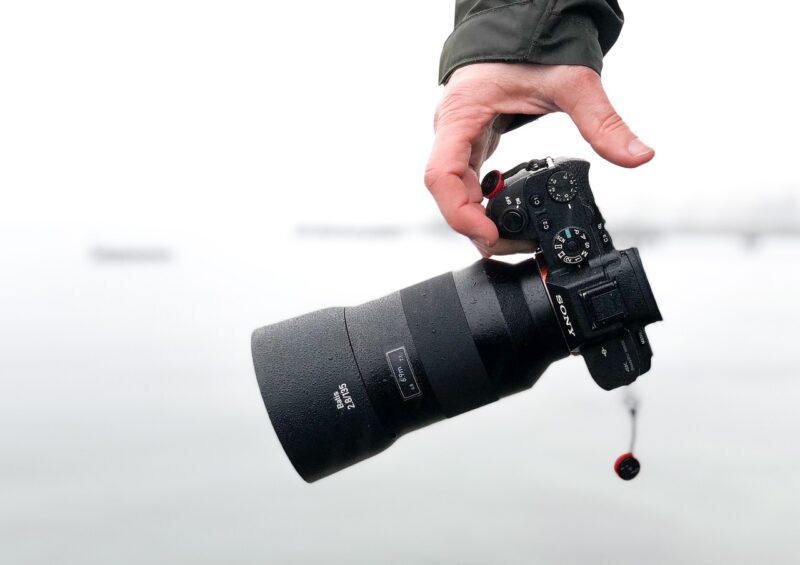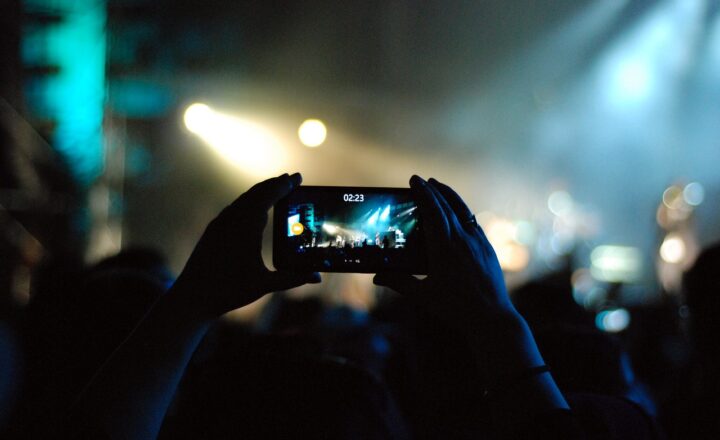Selecting the Right Mirrorless Camera for Advanced Photography and Video Creation
November 13, 2024

Mirrorless cameras have rapidly gained popularity among both professional photographers and enthusiasts alike. With the ability to capture stunning images and high-quality video without the bulk of traditional DSLRs, they offer a versatile option for various shooting needs. This article aims to explore the key features, benefits, and considerations for selecting the right mirrorless camera, particularly for advanced photography and video creation.
1. Understanding Mirrorless Cameras
Mirrorless cameras are compact digital cameras that use electronic viewfinders (EVF) instead of optical viewfinders found in DSLRs. This technology allows the camera to be lighter and more portable while maintaining the same sensor size and quality.
Key characteristics of mirrorless cameras include:
- Interchangeable Lenses: Users can easily switch lenses for different effects and photography styles, from wide-angle to macro.
- Faster Autofocus: Many mirrorless models feature on-sensor phase-detection that provides quick and accurate focusing.
- Compact Design: Without the need for a mirror and prism assembly, mirrorless cameras can be smaller and lighter than their DSLR counterparts.
The combination of these features makes them an excellent choice for both photography and videography tasks.
2. Key Features to Consider
When selecting a mirrorless camera, it’s important to consider several critical features that will impact your photography and videography experience.
2.1 Sensor Size
The sensor size directly affects image quality, low-light performance, and depth of field control. Common sensor sizes include:
- Full Frame: Offers superior image quality and depth of field control; ideal for professional photographers and videographers.
- APS-C: A popular option with a good balance of size, cost, and performance; widely used by enthusiasts.
- Micro Four Thirds: Smaller sensor size with excellent portability, providing a good choice for travel and casual use.
2.2 Video Capabilities
For video creation, look for features like:
- 4K Recording: Ensure the camera can record in 4K for high-resolution video content.
- Frame Rates: Higher frame rates (60 fps or more) allow for smooth slow-motion videos.
- In-body Stabilization: This feature helps in reducing camera shake for smoother footage, especially when shooting handheld.
2.3 Autofocus System
A robust autofocus system is critical, especially for fast-moving subjects. Look for cameras with:
- Face and Eye Detection: Essential for portrait photography and videography.
- Continuous Autofocus: Important for keeping moving subjects in focus during video shooting.
2.4 Connectivity Options
Connectivity features like Wi-Fi and Bluetooth enable quick file transfers and remote camera control, enhancing your workflow. Great for both photography and videography, sharing images and videos directly with your devices becomes seamless.
3. Budget Considerations
Setting a budget is crucial when choosing a mirrorless camera, as the price range varies significantly. Here are some tips for managing your budget:
- Entry Level vs. Professional Models: Entry-level models can be found for $500-$1,500, while professional models often exceed $2,000. Assess your needs carefully to choose a suitable model that won’t overspend on unnecessary features.
- Lenses and Accessories: Remember that your investment doesn’t stop at the camera body; high-quality lenses and accessories (tripods, lighting, etc.) are also essential for advanced photography.
4. Recommended Mirrorless Cameras
To assist in your selection, here’s a list of some top-rated mirrorless cameras, along with notable features:
- Sony A7 III: Full-frame sensor, excellent autofocus, and 4K video capabilities.
- Canon EOS R6: Superb low-light performance, great video specs, and a user-friendly interface.
- Fujifilm X-T4: APS-C sensor with a hybrid autofocus system, 4K recording, and in-body stabilization.
- Panasonic Lumix GH5: Ideal for video creators with exceptional video quality and numerous recording options for professional use.
- Nikon Z6 II: Offers a full-frame sensor with versatile video recording and a dual card slot feature for increased storage flexibility.
Each of these models has qualities that support advanced photography and video creation, but it’s essential to choose one that aligns with your individual needs and preferences.
5. Conclusion
Selecting the right mirrorless camera for advanced photography and video creation is more than just choosing a brand or model; it requires considering features that align with your style and needs. Understanding sensor sizes, video capabilities, autofocus systems, and budget constraints can significantly enhance your photography and videography experience.
By doing thorough research and taking the time to understand your options, you can invest wisely in a mirrorless camera that not only meets but exceeds your expectations – leading to stunning visuals and great storytelling through your work.
Whether you’re capturing breathtaking landscapes, dynamic portraits, or cinematic videos, the right camera is a crucial tool that will help you express your creative vision.







